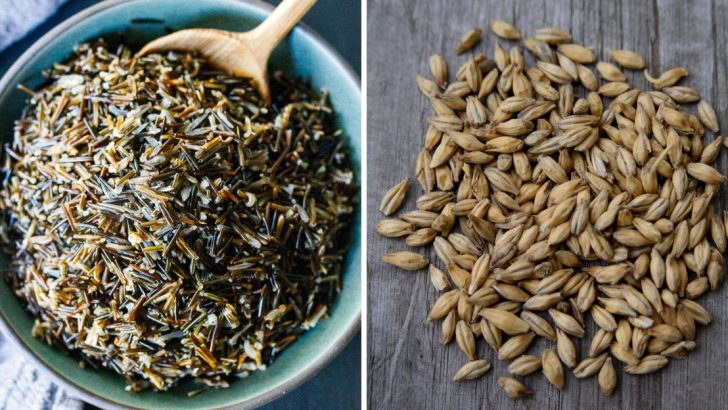Modern wheat isn’t what it used to be. After years of hybridization and genetic modification, today’s wheat bears little resemblance to what our ancestors ate.
Ancient grains, cultivated for thousands of years without major changes, offer more nutrients, fewer allergens, and better digestibility. Ready to explore these nutritional powerhouses that might transform your diet?
1. Quinoa: The Complete Protein Powerhouse

Whoa! Unlike modern wheat, quinoa contains all nine essential amino acids your body can’t produce on its own.
This South American superfood packs more protein than any other grain and remains gluten-free to boot. Cultivated for over 5,000 years in the Andes, this tiny pseudocereal might just revolutionize your breakfast routine!
2. Amaranth: The Aztec Superfood

Ever wondered what sustained ancient Aztec warriors? Amaranth was their secret weapon!
This tiny grain contains three times more calcium than milk and significantly more iron than spinach. Though technically a seed, amaranth boasts a nutty flavor that complements both sweet and savory dishes, making it the versatile ancient grain your pantry desperately needs.
3. Farro: Italy’s Ancient Wheat Variety
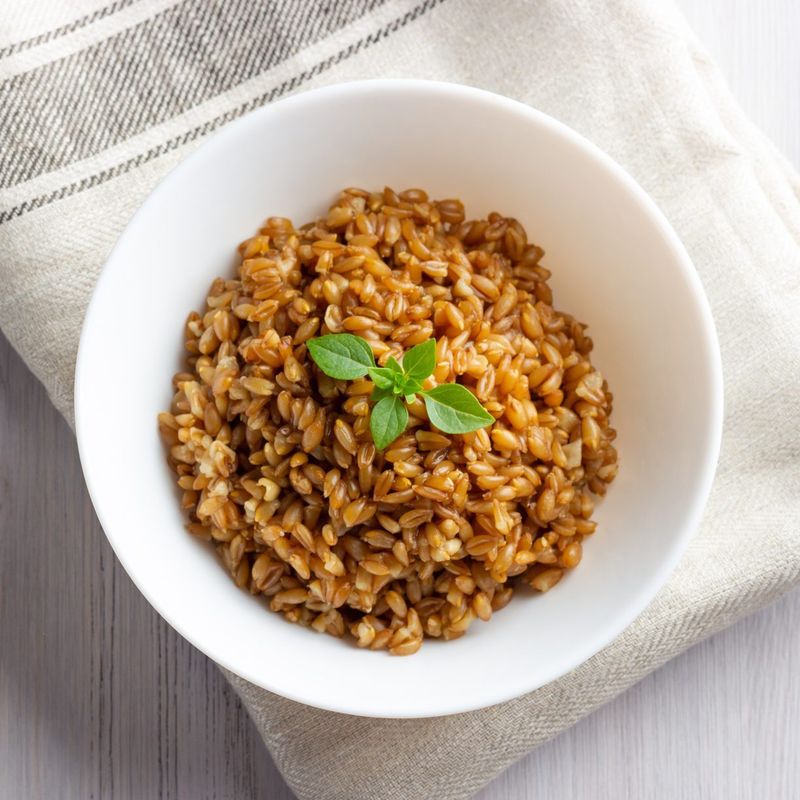
What if I told you Roman legions marched on the energy provided by this chewy, nutty grain?
Farro, the original wheat eaten across the ancient Mediterranean, contains more fiber than modern varieties and significantly less gluten. Hence, many with mild wheat sensitivities can enjoy this hearty grain that’s been nourishing humans since the dawn of civilization!
4. Spelt: The Forgotten European Staple
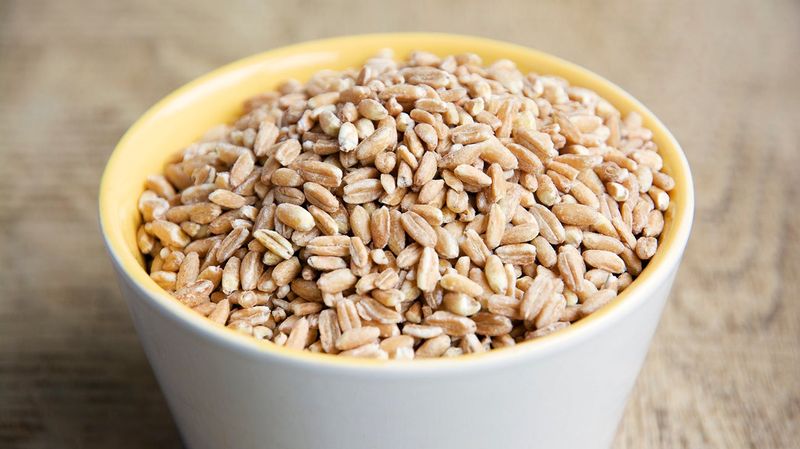
Holy ancient grain, Batman! Spelt contains 30% more protein than modern wheat while offering a sweeter, nuttier flavor profile.
This distant cousin of today’s wheat was a European staple for millennia before industrial agriculture pushed it aside. Though containing gluten, its different molecular structure makes it easier to digest for many people with wheat sensitivities.
5. Kamut: King Tut’s Treasure Grain
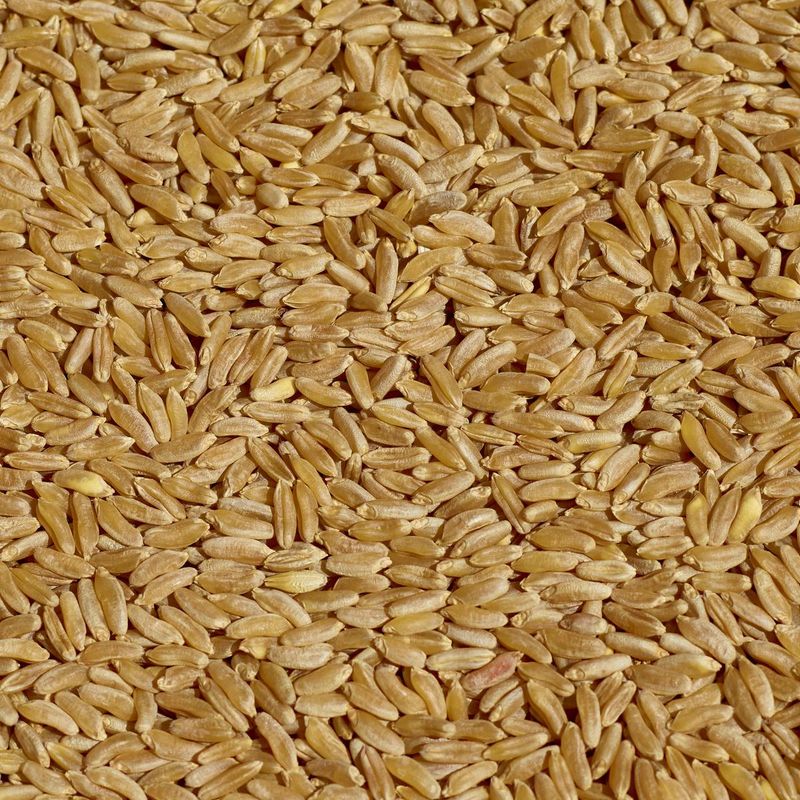
Legend has it this grain was discovered in King Tut’s tomb! Kamut (also called Khorasan wheat) boasts kernels twice the size of modern wheat with a buttery, nutty flavor that’ll make your taste buds dance.
Packed with 30% more protein and nearly 65% more amino acids than modern wheat, this ancient Egyptian marvel deserves a royal place in your kitchen cabinet.
6. Teff: Ethiopia’s Tiny Nutritional Giant
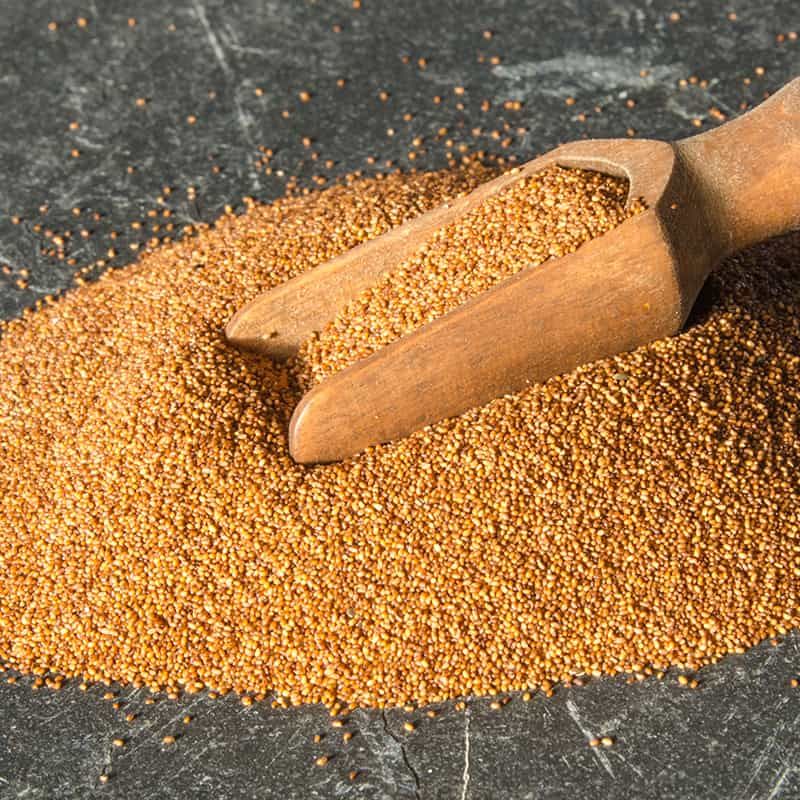
How can something so tiny pack such a nutritional punch? Despite being the world’s smallest grain, teff contains 50% more protein than wheat and astronomical amounts of calcium, iron, and fiber.
This Ethiopian staple forms the base of injera bread and has sustained East African highlands civilizations for millennia. Looking for a gluten-free grain that’ll supercharge your nutrition? Teff-initely try this one!
7. Einkorn: The Original Wheat
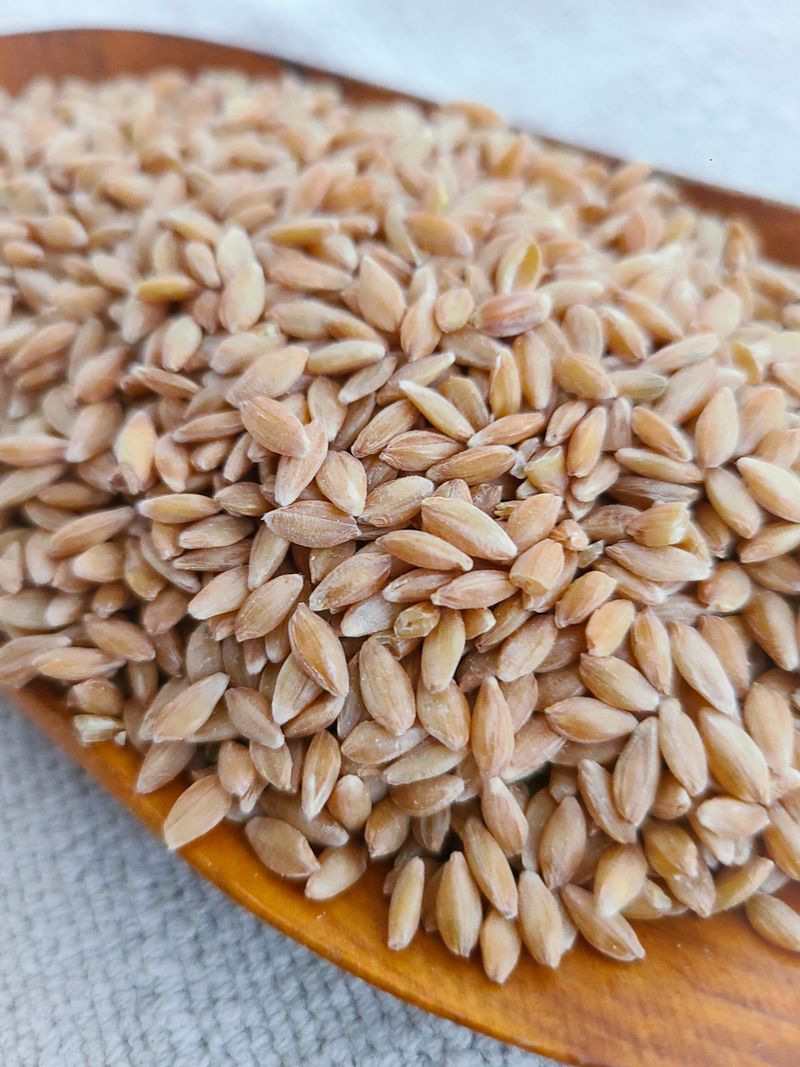
Brace yourself – einkorn is wheat as nature intended it! As the only wheat never hybridized by humans, this truly ancient grain contains 30% more protein and 15% less starch than modern varieties.
The simple chromosome structure makes einkorn easier to digest, while its rich, nutty flavor will transform your baking. Though not gluten-free, many with sensitivities report tolerating einkorn beautifully.
8. Millet: The Drought-Resistant Dynamo

Before rice dominated Asian cuisine, millet reigned supreme! This tiny, gluten-free powerhouse requires minimal water yet delivers maximum nutrition with impressive protein, iron, and B vitamins.
Millet’s alkaline nature makes it uniquely digestible and beneficial for maintaining balanced body pH. Craving a grain that cooks in just 15 minutes and works in everything from porridge to pilaf? Millet might be your new pantry MVP!
9. Freekeh: The Smoky Middle Eastern Marvel

Holy smoked grain, Batman! Freekeh isn’t just any ancient wheat – it’s young green wheat that’s been fire-roasted using a 2,000-year-old technique.
The smoking process locks in nutrients, creating a grain with 4x more fiber than brown rice and a distinctively nutty, almost bacon-like flavor. Middle Eastern cultures have treasured this protein-packed grain for millennia. Ready to add some smoky sophistication to your grain game?
10. Buckwheat: The Triangle-Shaped Imposter
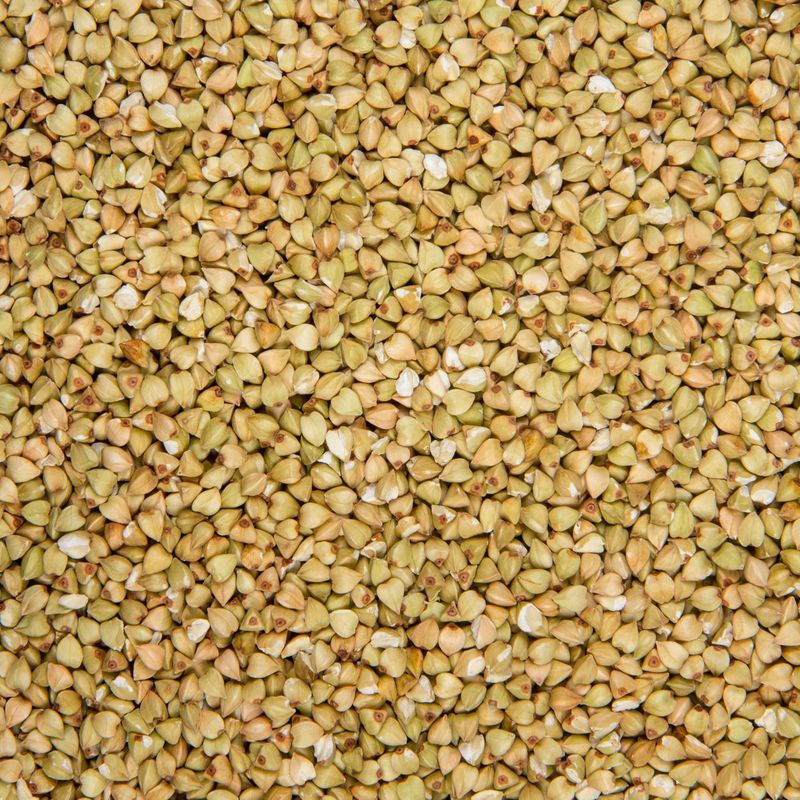
Plot twist – buckwheat isn’t wheat at all! This triangular pseudograin is actually related to rhubarb and sorrel, making it naturally gluten-free and perfect for sensitive stomachs.
Russians have been making kasha from it for centuries, while the Japanese transform it into soba noodles. Rich in rutin (a powerful antioxidant), buckwheat helps strengthen blood vessels and reduce inflammation. Give this impostor a chance!
11. Sorghum: America’s Forgotten Native Grain
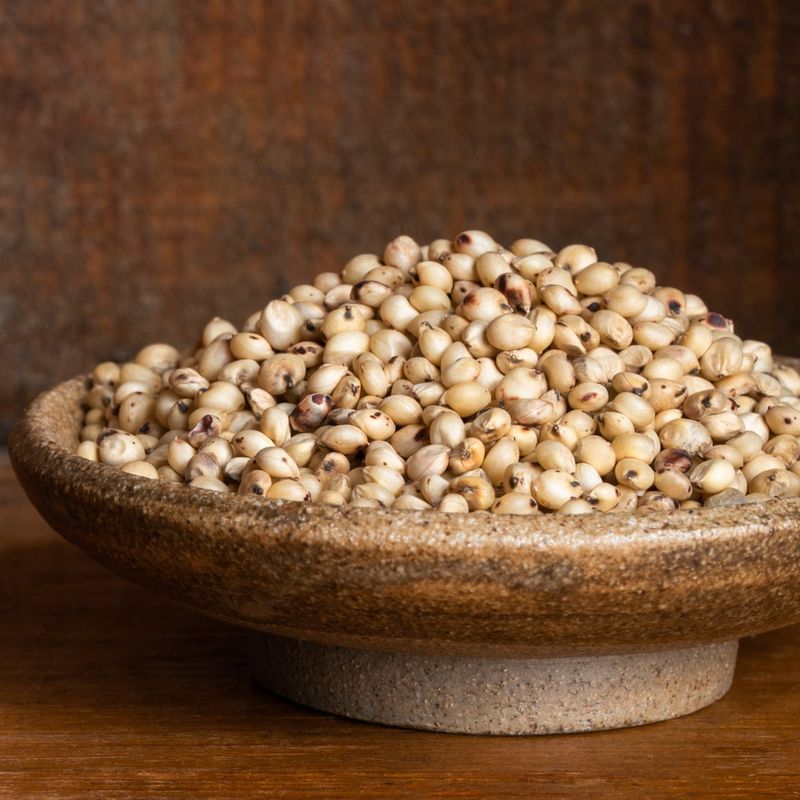
Y’all ever heard of sorghum? This indigenous North American grain packs more antioxidants than blueberries and pomegranates combined!
Naturally gluten-free and drought-resistant, sorghum contains compounds that may help manage cholesterol and fight inflammation. Pop it like popcorn for a crunchy snack, or grind it into flour for Southern-style baking that’ll make your grandma proud!
12. Rye: The Cold-Climate Champion
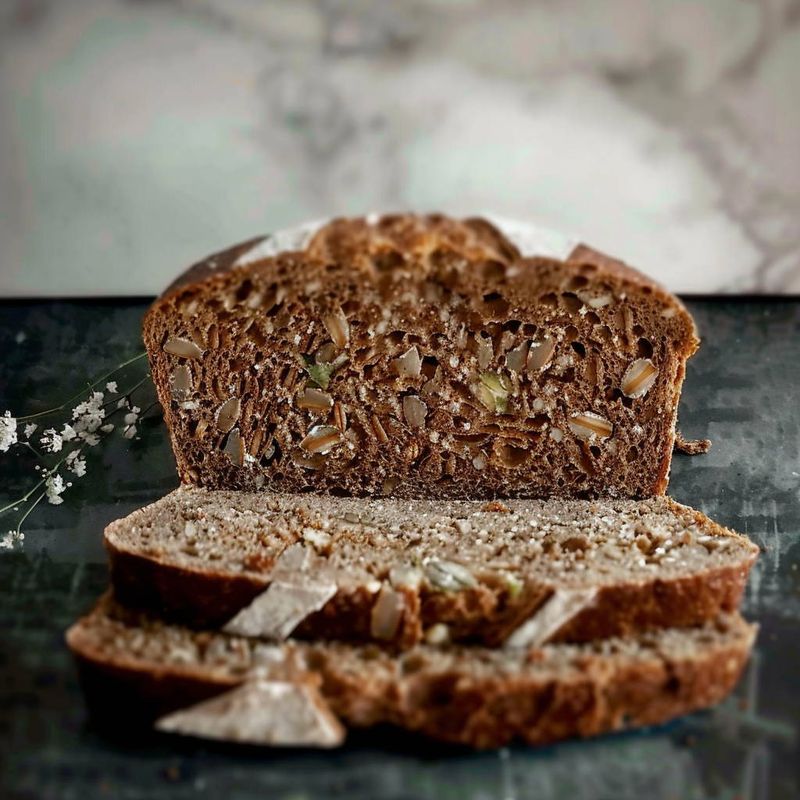
If wheat is the cheerful summer grain, rye is its brooding Nordic cousin! Growing where other grains fail, rye contains more fiber than any other cereal grain and boasts an impressively low glycemic index.
The distinctive sour flavor that makes pumpernickel bread so memorable comes from rye’s unique carbohydrate profile. Scandinavians have relied on this resilient grain through harsh winters for thousands of years. Skål to better digestion!
13. Barley: The Original Beer Ingredient

Cheers to the grain that gave us beer! Cultivated since 10,000 BCE, barley contains more fiber than oats and a special type called beta-glucan that helps lower cholesterol naturally.
Ancient Egyptians called it the “gift of life,” while Romans fed it to gladiators for strength. Though not gluten-free, barley’s nutritional profile makes it worth considering as a rice alternative in soups, stews, and salads.
14. Wild Rice: The Native American Aquatic Harvest
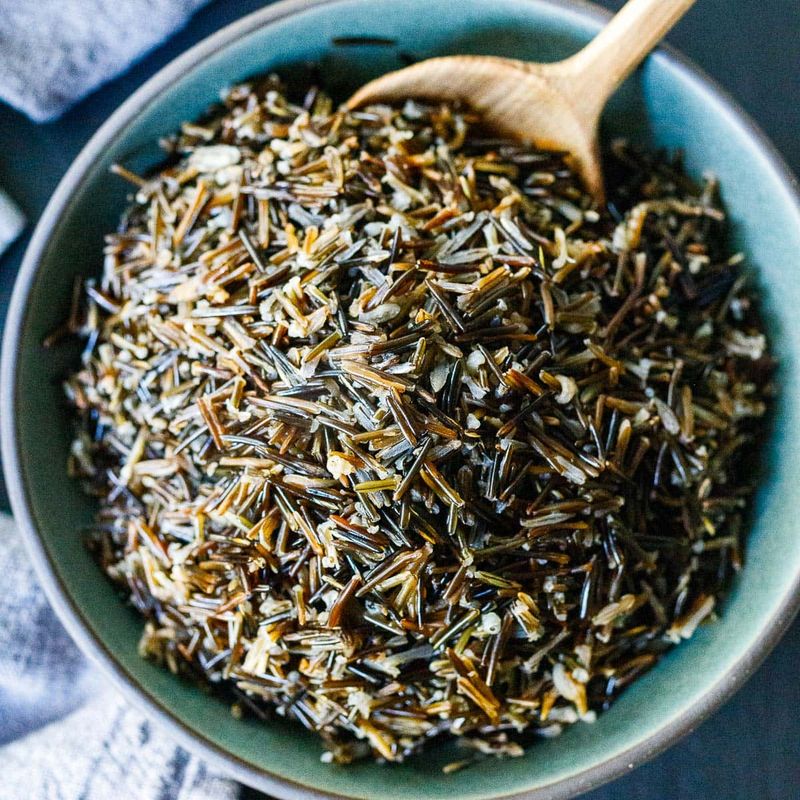
Surprise! Wild rice isn’t rice at all but the seed of an aquatic grass harvested by canoe in the Great Lakes region.
This indigenous North American food contains twice the protein and fiber of brown rice with 30 times more antioxidants. Native Americans have harvested this nutrient-dense grain for centuries, calling it “manoomin” or “good berry.” Fancy a nutty, earthy addition to your dinner rotation?
15. Emmer: The Forgotten Farro Ancestor
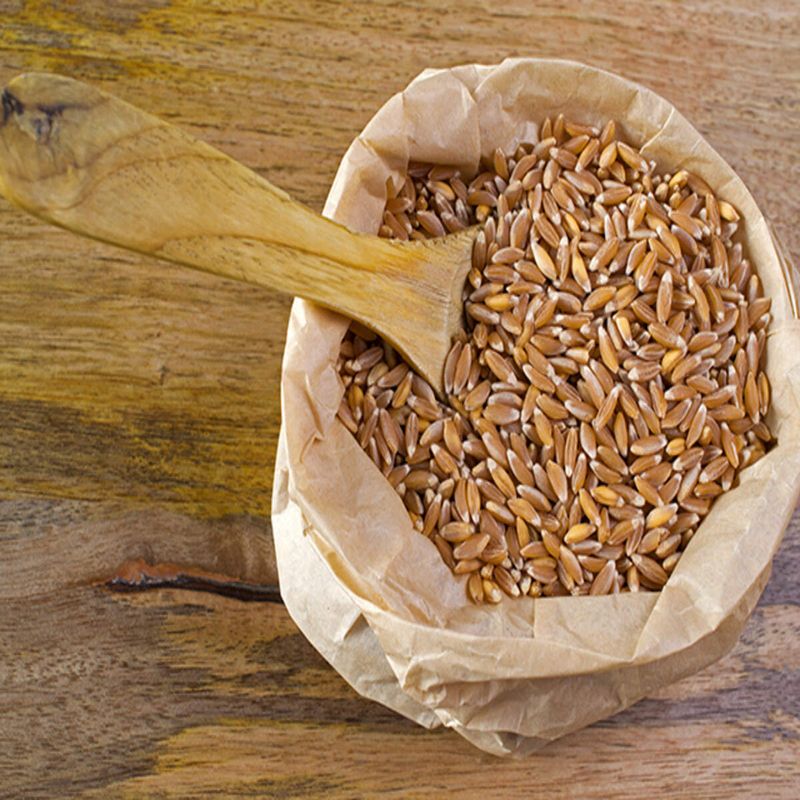
Archaeological mic drop: Emmer was found in King Tut’s tomb AND in the stomach of Ötzi the Ice Man! This twice-domesticated ancient wheat variety sustained both Egyptian pharaohs and prehistoric Europeans.
With a higher protein-to-carbohydrate ratio than modern wheat and a deliciously nutty flavor, emmer deserves its comeback. Though containing gluten, its simpler structure makes it potentially easier for sensitive systems to handle.

